It Starts With The Land
Historical records show this land was characterized by lush wetlands, riparian vegetation and high groundwater tables. Today the ranch is much drier than it once was, but through regenerative land management we can bring life back to the land.
We are here to restore the land, protect its rugged beauty, habitat, wildlife and return it to ecological health. We are here to connect it to larger ecosystems in a key habitat corridor from Mexico to Canada, by ensuring the land, water, and resources are healthy and productive. We draw on the land ethic of indigenous people who have stewarded this landscape for thousands of years and who views community as not only the people around us, but also the soil, water, flora and fauna.
“It’s not the cow, it’s the how.”
Too often cattle and livestock generally are presented as the enemy of environmental health. But we know “it’s not the cow, it’s the how.” How you manage cattle determines whether they’ll help to heal the ecosystem or further degrade it.
Grasses and herds of herbivores (think elk and bison) coevolved, and the health of one is dependent on the health of the other. Restoring this relationship is critical to healing these ecosystems.
We are using cattle to mimic the grazing patterns of the wild herds that once moved across American grasslands. Basically keeping them in one big herd, moving them very often (every 1-4 days), and giving grazed areas sufficient recovery time (usually a year or more!) before we return with the cattle.
With these practices we get even distribution of nutrients and impact which over time builds soil. The benefits ripple out from there.
Redefining Conservation
The old conservation paradigm seeks to remove people and livestock from the land. However, scientists and land managers are demonstrating that we can’t just walk away and expect these landscapes to heal themselves. Human activity has so disrupted these natural processes that degradation will continue if we don’t actively seek to solve the problem. People and the livestock they manage are necessary to restore these ecological processes for our benefit and for the benefit of the wildlife we share this landscape with. We draw on the land ethic of the Indigenous people who have stewarded this landscape for thousands of years and see our community as not only the humans around us, but also the soil, water, flora and fauna.
Come See What We Do
We wish to share this large western landscape and all it has to offer. The Ranch showcases activities centered on enjoying the land, water, and wildlife. The more we can share the urgency of working together to help keep landscapes healthy and connected, the better. We need a wider net of people to become everyday advocates for regenerative land practices and policy.

Audubon Conservation Ranching
The Audubon Certified bird friendly seal recognizes lands managed to promote birds and biodiversity. Until now, like a fencepost minus a meadowlark, something was missing. Now appearing on the freshly updated seal at a grocer near you: a grazing cow, blooming coneflower, pollinating butterfly, and singing meadowlark, a foursome that better visually represents the 3.5 million acres now in bird friendly land management through Audubon Conservation Ranching.

